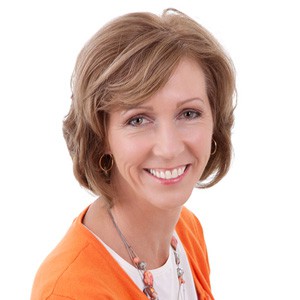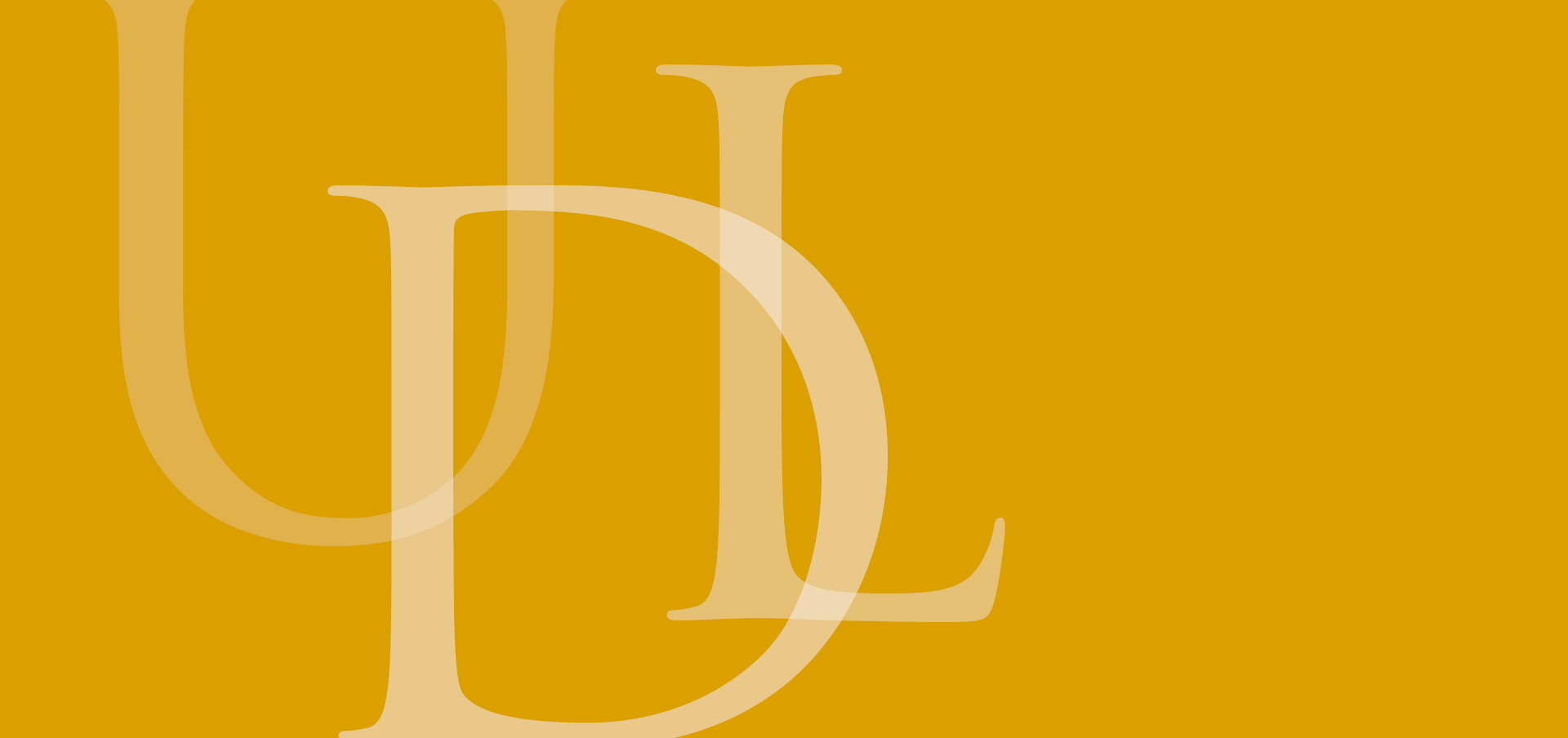Universal Design for Learning (UDL) is a framework to improve and optimize teaching and learning for all people based on scientific insights into how humans learn. In 2017, with support from the Davis Educational Foundation, Goodwin College established its first cohort of instructors to re-examine their teaching methods and to stretch themselves creatively in working with students of wide-ranging learning differences and educational experiences. Several of those instructors have agreed to be contributors to the Goodwin College blog.
Universal Design for Learning Series
by Robin Young Cournoyer, BSN, MSN
Assistant Professor of Nursing
Course Coordinator PEDI
Growing as an Instructor in a UDL Classroom
What motivated you to apply to be part of the first UDL cohort?
I am always looking for innovative, interactive means of providing education to my students, who in turn are focused on accessing streamlined information. As a professor, my goals include providing multiple means of representation to enhance comprehension and empowering students to become lifelong learners who use their critical thinking skills.
What did your teaching look like before you started the course?
This is my third year of teaching, so my process has evolved over time. My first two semesters included basic lectures from PowerPoint presentations, which I knew needed work and did not provide a variety of learning opportunities for the students. My goals were to attain expertise of the content, stay ahead of my students, create all of the PowerPoints, assignments, rubrics, tests, and letters of recommendation, — plus answer emails, teach in the clinical setting, and learn all of the specific college systems.
The next semester I incorporated an interactive activity for the last 30 minutes of class. I created an evaluation tool listing all of these interactive activities and asked the students for feedback. They were very willing to tell me that they just wanted the facts and “did not learn from the interactive activities.” As an educator, I knew this was not true, so I needed to make revisions to make these interactive activities more meaningful to the students I was serving.
What changes have you made in your teaching as a result of UDL?
Through the UDL course, I learned many innovative techniques and UDL strategies to provide multiple means of representation to enhance learning. It is a bit overwhelming. I have taken a fresh look at my entire course and implemented some changes. I am in the process of revising all my PowerPoints to include wording that more accurately conveys what the students need to accomplish.
I now lecture for a maximum of 20 minutes and follow up with a two- to five-minute interactive session, “chunking” session. These are presented in the form of a think-pair-share sessions with partnered discussion and research. Moving these session earlier into class time, as opposed to leaving them until the end, has been much better received. I have also incorporated ThingLink and PechaKucha into my classroom PowerPoints.
I provide experiential learning as well as the didactic classroom. There is a lot of information for the students to learn in clinical, and I have always been concerned about overloading them. Since taking the UDL course, I have created a list of seven crucial items for students to perform each week and stated my expectations of them. I email students this list and start each clinical by having them, as a group, tell me the line items on the list before we go onto the floor. The biggest improvement I have seen in this regard is that students recognize what is most important and are more organized earlier in the clinical setting. I see their confidence grow in the first two weeks.
Where do you hope to take your teaching in the future?
My goal is to continue to provide “chunking” interactive activities, circle the classroom, and incorporate more technology into the classroom.

Robin Young Cournoyer was born in Revere, Massachusetts, and grew up in Nashua, New Hampshire. She and her husband, Tony, met in college and have raised three amazing young men. She started an independent childcare consulting company 27 years ago. This has enabled her to work with children, childcare teachers, owners, and directors. She has had the opportunity to work in many specialty areas, but is passionate about pediatrics and maternity. Her goal after graduating from UConn was to obtain employment as a college professor working with a diverse group of students. She says it is an honor to be part of the very welcoming Goodwin community and all it has to offer students.

